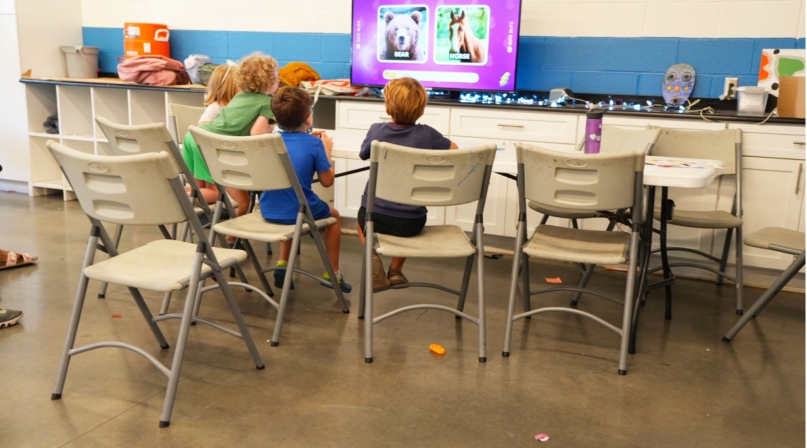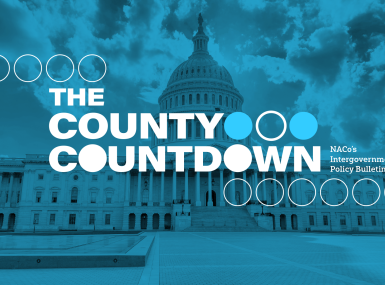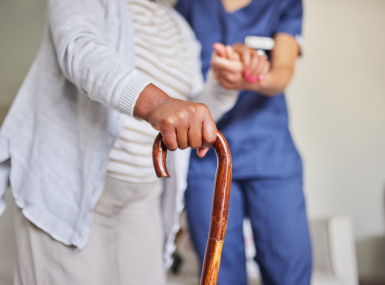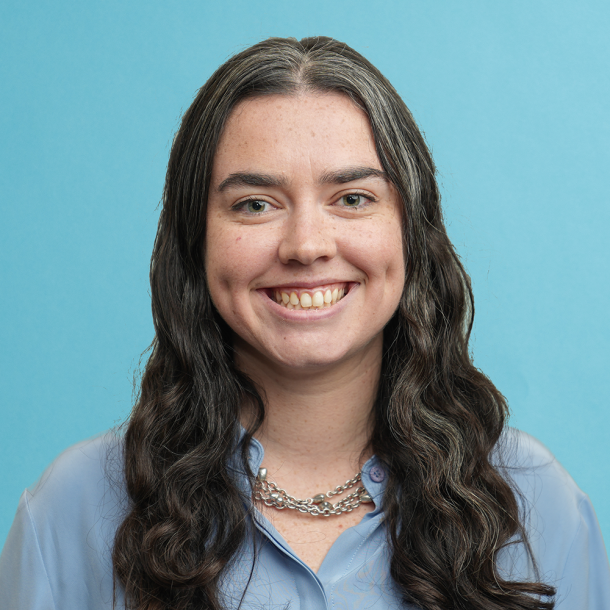Public-private partnership creates ‘one-stop shop’ to improve community wellness

Key Takeaways
The South Philadelphia Community Health and Literacy Center — which holds a city health center, Children’s Hospital of Philadelphia (CHOP) primary care practice, library branch and a recreation center with a playground, all in one site — is a “one-stop shop” the city and the children’s hospital created to improve community wellness and make it easier for people to get their needs met. County officials from across the country toured the facility Friday, July 11 during a NACo Health Steering Committee meeting at the Annual Conference.
The public-private partnership was born out of a need for more care in South Philadelphia — the city owned land to build on, and the hospital had funding, said Peter Grollman, the hospital’s senior vice president of external affairs. The initial plan was to just build a new health center, with both the hospital and the city’s services under one roof, but it evolved into a larger, more “holistic” approach to community health, according to Palak Raval-Nelson, Ph.D., the Philadelphia Department of Public Health’s health commissioner.
“We said, ‘There’s more to be imagined here than what we’re seeing, just by way of the delivery of health. Let’s blow this place up and start fresh,” Grollman said. “‘Let’s give this community something that it deserves. Let’s give it the best recreation center we can offer, let’s take advantage of the literacy component, which we know is tied to health, and create a world-class library, and make these places work together.”
The health center’s services — some of which include primary care for adults and children, lab services, dental care, women’s health and Medication-Assisted Treatment (MAT) for substance use disorder — are available to any patient who walks through the center’s doors, regardless of insurance status or income, said Sarah Ennis, the health department’s chief of staff deputy commissioner. It uses a sliding scale model for the cost of services, determined by the patient’s income and ability to pay.
The recreation center and library are incorporated into care, Palak Raval-Nelson said. If someone’s prescribed more physical activity, they have the recreation center next door that they can use to exercise or if they’re told to eat more nutritiously, they can go downstairs and check out recipes at the library, she noted.
“Not only does this building give us the opportunity to act as a one-stop medical shop,” Ennis said. “But it also allows us the opportunity to say, ‘You’re a newly diagnosed diabetic, what does that mean for you and your family? Why don’t you head down to the library and see what they have on that?’ And the librarians here have been excellent about pulling out that programming material and having it available to folks.”
The site’s city health center sees more patients than the city’s other locations, according to Ennis, who attributed that to its one-stop shop model. More people come into the facility’s recreation center as well, noted Susan Slawson, Philadelphia’s parks and recreation commissioner. To be able to provide everything the site offers in one location is “priceless,” Slawson said.
“We used to have to go to a single store to get everything, but now you have Walmart, you have Target or Costco, whatever you have in your community where everything you need is in one spot — that’s what you have here,” Slawson said. “So, you’re going to get additional people coming to the health center, you’re going to get additional people coming to the rec center and the library, because they can do all of that in one place.
“… Don’t think that your visions are small,” Slawson said. “If you have ideas that maybe there’s a location in your county where this can happen, find the right people and make it happen.”
Philadelphia’s one-stop shop model was “fascinating” to see, and it’s something any county would benefit from, said Loudoun County, Va. Chair Phyllis Randall, who is also NACo’s Health Steering Committee chair.
“If you can have a central location, where people can get their health care needs met, get their literacy needs met, get their childcare needs met, feeding needs — any of those needs met in one location is always much more powerful,” Randall said.
The Southeastern Pennsylvania Transportation Authority (SEPTA) has a stop right outside the center, and Philadelphia is piloting a “zero fare” program that automatically enrolls low-income individuals and provides them with a free SEPTA card. Many of the people who use the site’s services live within walking distance of it, but because it’s so easily accessible, people will come from all over the city, according to Echo Phillips, the Free Library of Philadelphia’s children’s librarian.
“This can be transferred to any county government,” Randall said. “And what it does is it helps the people who probably are most in need and least able to get around from location to location.”
Related News

County Countdown – Dec. 15, 2025
Every other week, NACo's County Countdown reviews top federal policy advocacy items with an eye towards counties and the intergovernmental partnership.

U.S. Department of Agriculture unveils $700 million for regenerative agriculture
On December 10, U.S. Secretary of Agriculture Brooke Rollins announced the launch of a $700 million pilot program to support regenerative agriculture practices across the country.

HHS releases rule repealing federal nursing home staffing mandate, supporting county long term care facilities
On December 2, the U.S. Department of Health and Human Services (HHS) published an interim final rule that repeals the federal nursing home staffing mandate, a regulation that would have required long-term care facilities to meet strict minimum staffing levels.
